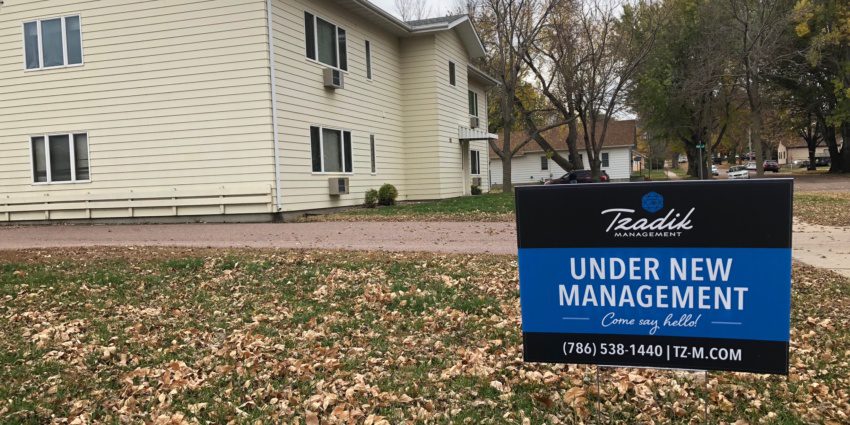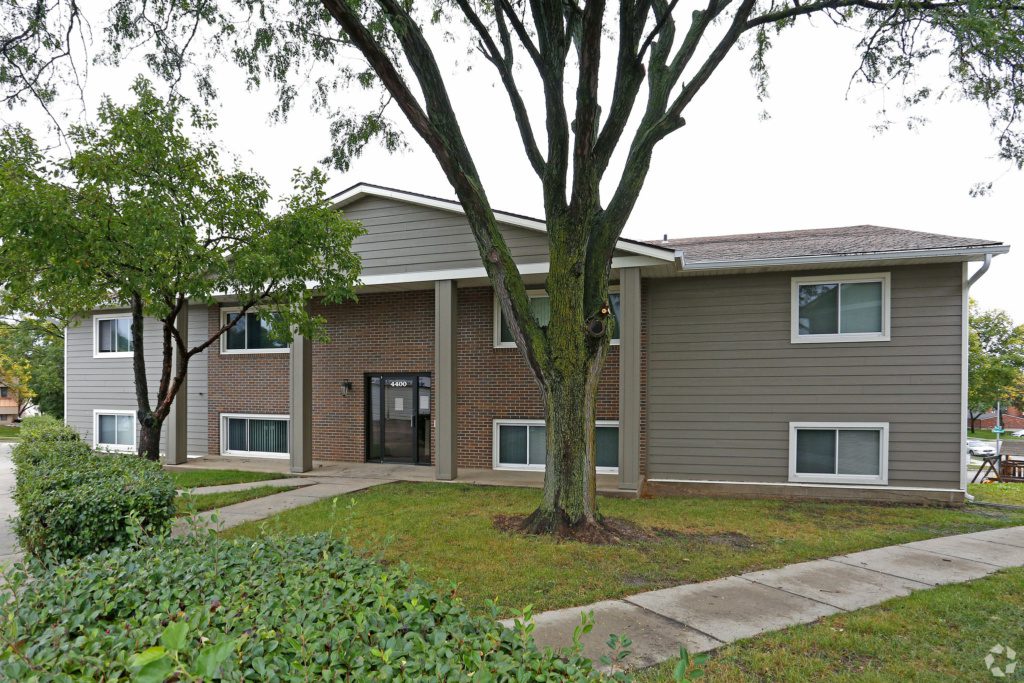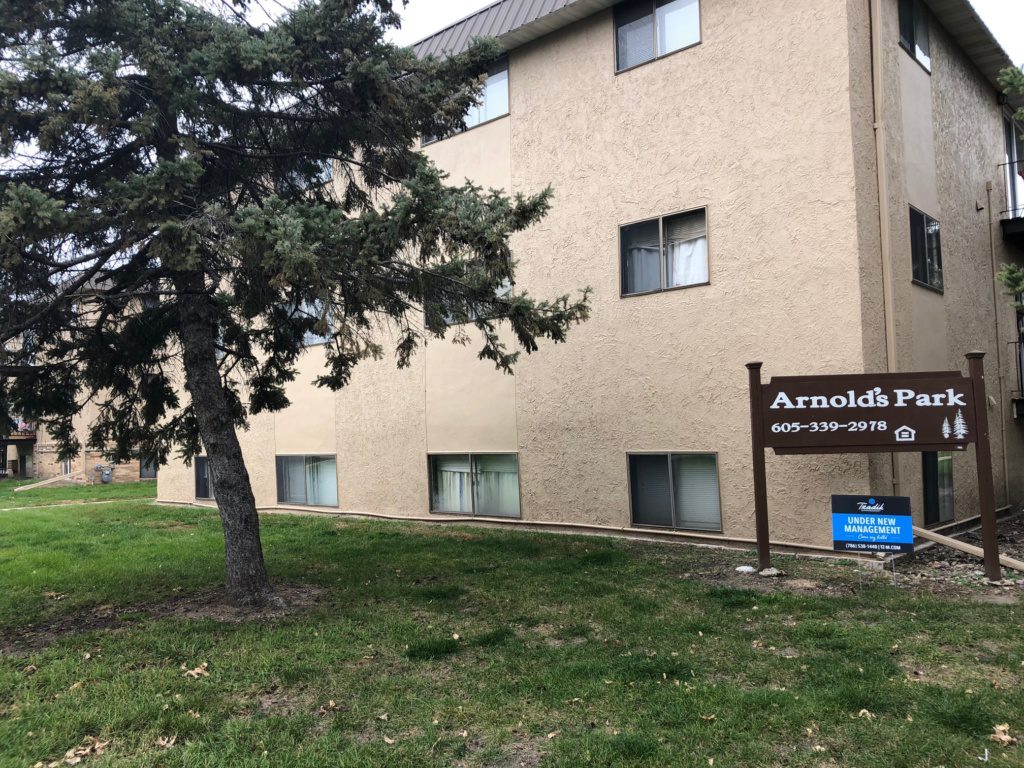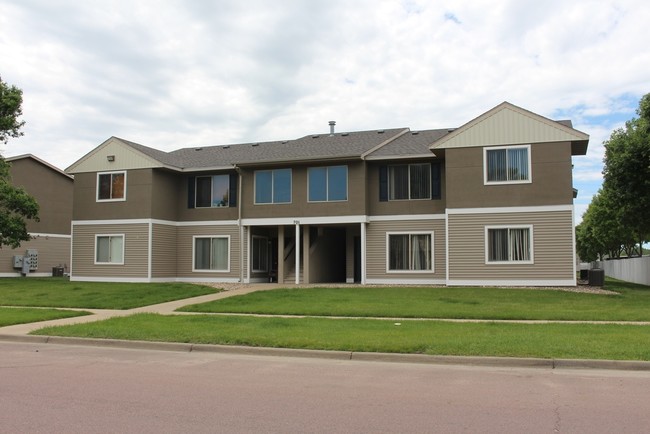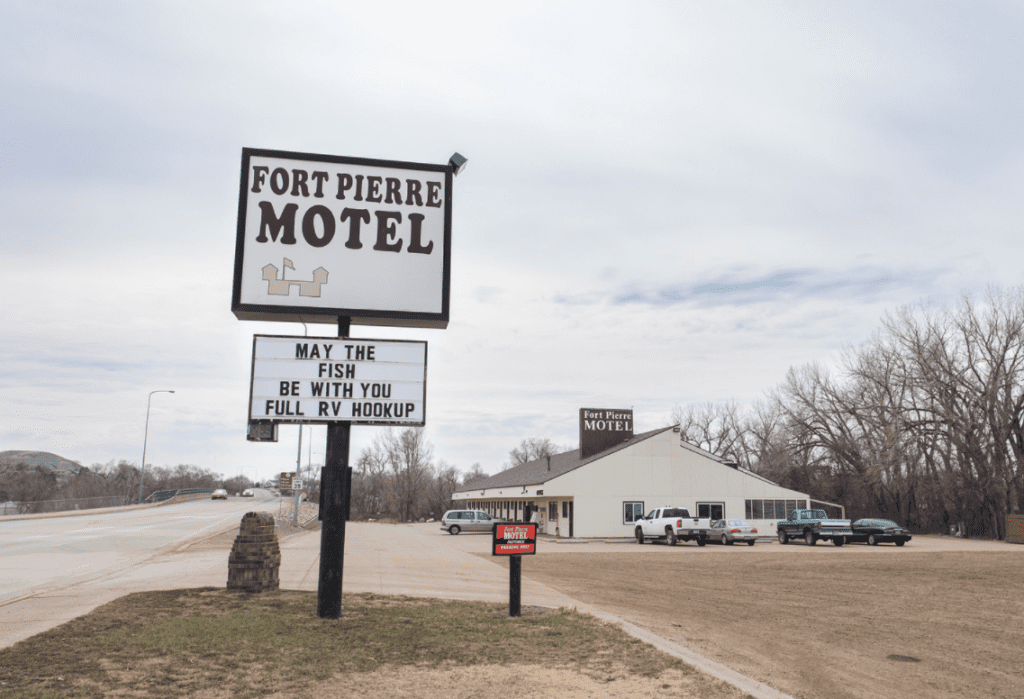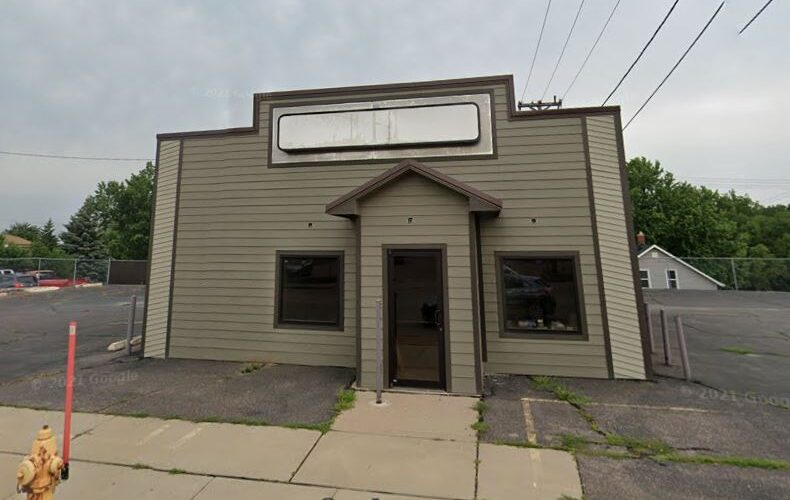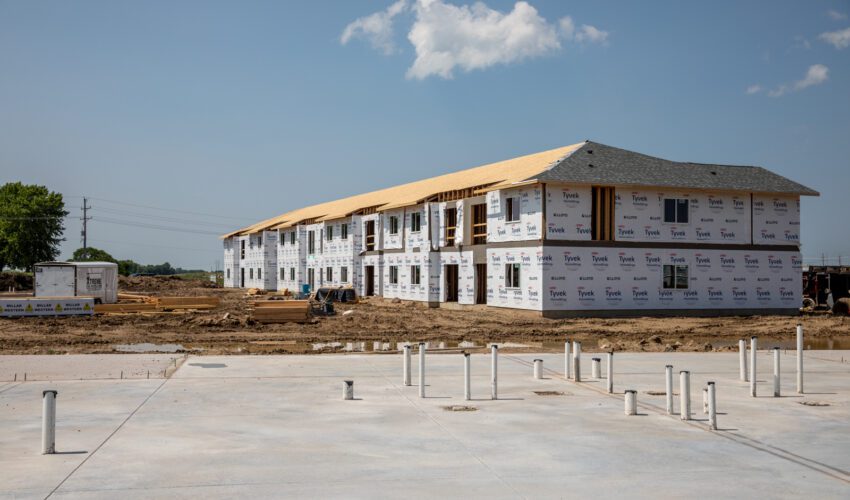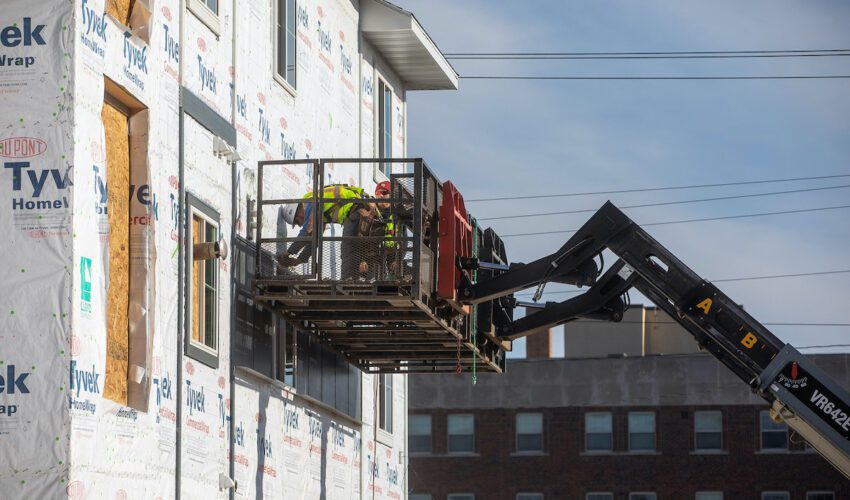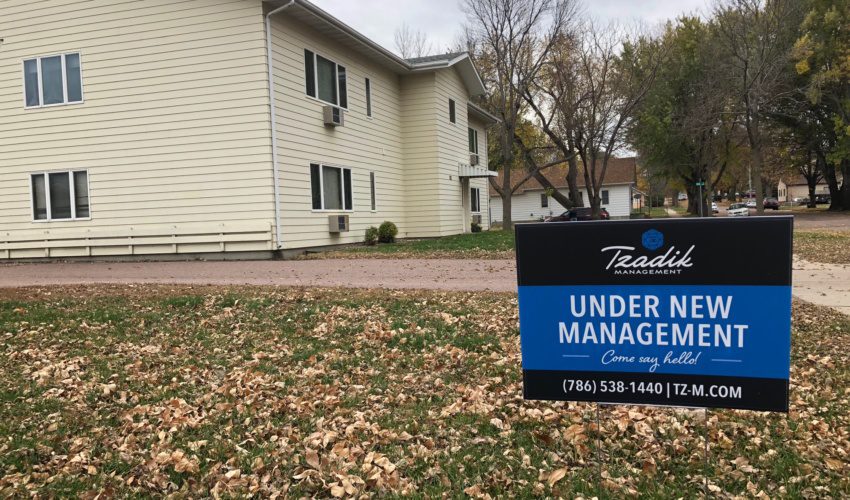Out-of-state investors doing more S.D. real estate deals
Oct. 29, 2018
It all started with an inquiry through LoopNet.com, a listing site for commercial real estate properties.
The prospect from Florida reached out to NAI Sioux Falls through the site with a question about one of broker Dennis Breske’s listings.
“I was already under contract to sell, but I responded and found out what they were looking for,” Breske said.
The group behind the inquiry was Tzadik Management, a Miami-based real estate and property management company, and it was looking to invest in apartment buildings in Sioux Falls.
Since its founding in 2007, the company has managed more than $800 million in apartment complexes totaling more than 15,000 units in more than 20 states and the Caribbean.
“They’re very sophisticated in their operation and their selection of markets,” Breske said. “They liked the fact that we’re a business-friendly state with no state income tax.”
By coincidence, Breske had just had a conversation about multifamily properties that weren’t on the market but might be for sale to the right buyer.
Those units become part of an eventual 721-unit, $52 million investment for Tzadik in Sioux Falls that closed this month.
It’s the latest in a series of out-of-state buyers acquiring property here, area brokers said.
“I’ve noticed a big uptick in out-of-state deals,” said Nick Gustafson at Bender Commercial Real Estate Services.
He was part of the sale of a 48-unit apartment in Huron to an out-of-state investor a couple of years ago and was the co-listing broker on a Rapid City call center that sold to a Florida investor for more than $7 million.
“Investors are increasingly looking to the Midwest for yield on investments,” Gustafson said. “If you do something on the East or West coasts, your yield or cap rate is significant lower than in the Midwest.”
At Lloyd Cos., Raquel Blount said interest is equally strong.
“We always get a lot of calls from California and East Coast investment buyers,” she said.
For Breske, who recalls multiple national real estate conferences where investors passed on so-called tertiary markets such as Sioux Falls, it has become clear the tide is changing.
“They’re recognizing the value here,” he said. “There’s so much competition for properties in these larger markets. It seems like the trend is starting to change.”
Multifamily deal
Tzadik was attracted to Sioux Falls because it fit the company’s recent investment strategy of targeting smaller markets.
“We feel strongly that this latest addition allows us to both diversify our portfolio and increase our financial levers ahead of our industry competitors,” CFO Austin Griffin said in a statement.
Calling it “one of the most fundamentally sound markets” in the country, Tzadik praised Sioux Falls for its low unemployment rate and what it called “a tremendous lack of rental supply despite the surging population growth.”
The citywide multifamily vacancy rate was 9.2 percent as of July, according to the South Dakota Multi-Housing Association, which is a couple of percentage points lower than the start of the year but higher than it was earlier this decade when many properties were at 95 percent occupancy or higher.
“Sioux Falls exhibits a multitude of demographic factors that should survive this ‘melt up’ and the forthcoming Big Short 2.0,” said Tzadik CEO Adam Hendry.
The Tzadik deal encompassed properties from four sellers, from those with a few dozen units to the 162-unit Arnold’s Park apartments.
Several were part of Murray Properties: Eagle’s Nest, Eastview, Lake Park and Arnold’s Park.
The others were part of a portfolio owned by Ron Rensberger, with six properties, and Ron’s Property Management, with seven complexes. A separate sale included River Run Apartments.
Most of the deals were represented on one side or the other by NAI, and the largest chunk were units that weren’t on the market.
“The biggest hurdle was they needed to buy enough units at once to bring their operations here,” said Michael Martin who represented Tzadik in buying several of the properties.
“They couldn’t just buy 100 or 200 units. They had to buy enough at once to establish Sioux Falls as a hub, and we were able to do that, but we had to go after things that weren’t on the market.”
Vacancy at the properties acquired by Tzadik ranged from 2 percent 20 percent in apartments that owners weren’t actively trying to fill, Martin said.
Tzadik will have a property management team based in Sioux Falls and is hiring.
“I think they want to go as big as the market will allow,” Martin said. “As long as there’s property out there they can purchase at a fair price, they will continue to buy it.”
Tzadik focused on what the industry calls Class B and C properties. These aren’t the newer, upscale apartments filled with amenities.
“These are average to below-average properties, and they said they’re more recession-proof,” Breske said. “In their opinion, the higher-end properties have more vacancy when the going gets tough, and these tend to do very well.”
They also have room for improvement. Tzadik committed up front as part of the deal to make more than $5 million in renovations, Martin said, from paving parking lots to putting on new roofs. They also likely will integrate some efficiencies using technology, he said.
All that likely leads to higher rents.
“That’s going to happen in an acquisition of this size,” said NAI’s Gregg Brown. “They saw rents are below market.”
Hotel buyer
The market for hotel investments in South Dakota is experiencing interest similar to multifamily.
“In both cases, new investors are bringing in out-of-state operators,” Brown said. “The hotel operator sees an inefficiency in the marketplace, and the consolidation enables him to put systems in place to drive down costs and increase room rates.”
NAI’s Dale Zomer is working with a group called AG Dakota, formed earlier this year by California investors, to acquire hospitality properties, from RV parks to hotels with attached restaurants.
“We have 28 properties either done or in the pipeline through the spring of 2019,” Zomer said.
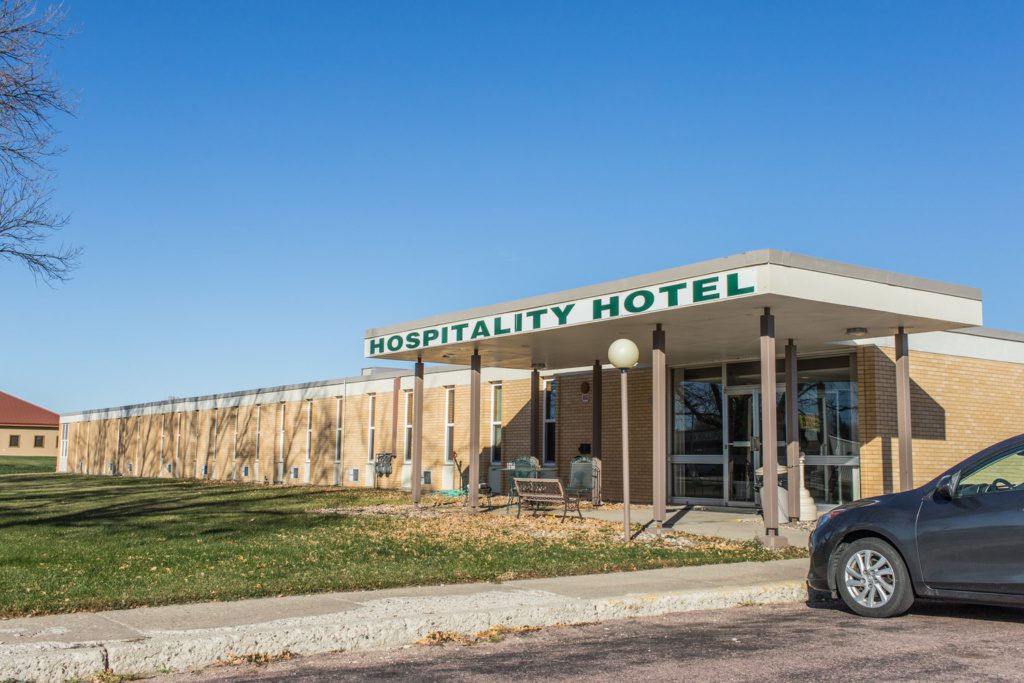
The Hospitality Hotel in Ipswich was acquired by AG Dakota.
So far, AG Dakota has done $12 million in acquisitions in communities from Canistota and Salem to Fort Pierre and Rapid City, from 16- to 123-unit properties. It was formed in 1999 and promotes itself as a family-owned company based on Christian values.
“We have 800 units, or rooms, with the properties added up,” Zomer said. “Their goal is to do 100 properties in eight years. We’re running out of properties to purchase in South Dakota, and we are working into Nebraska.”
There are deals pending in Brookings and Sioux Falls, he said, but most are in smaller towns. They are mainly non-flagged, or not tied to a national brand.
“They like the independents because they’re not a big fan of paying royalties,” Zomer said. “Interest rates are low. They see a lot of inefficiencies in the way properties are run and feel they can take advantage and get a better online presence and bring revenues up.”
The new owner is investing in improvements, including roofs, parking lots and room renovations.
The company’s director of operations moved to South Dakota to oversee the properties.
“He calls it the hidden gem,” Zomer said.
Market outlook
A survey of investment property on the market likely will yield fewer results than it used to, brokers said.
“I think we truly have fewer good options than we did four or five years ago,” said Gustafson at Bender. “The fact that we’re getting these out-of-state buyers means they’re experiencing this in larger markets too. I don’t want to sound doom and gloom because great properties still come to market that should be purchased for long-term holders, but they’re fewer.”
That requires brokers to unearth options not found on the market, Breske said.
“We know about stuff other people don’t know about – sellers who aren’t advertising their property for sale. And sometimes in the end, that ends up being the best deal.”
There also are cautionary tales in dealing with lesser known investors, Gustafson added.
“We’ve already had a fraud attempt from out of state, and we think it was a pretty elaborate scheme,” he said. “They threw up a lot of red flags, and I think with this increased exposure, there will be more fraud attempts. In Sioux Falls, you don’t really see that. Someone meets you at the property, and you look them in the eye and you know people in common and you do a deal.”

